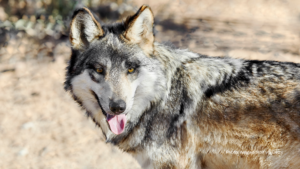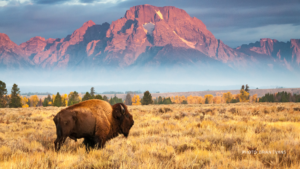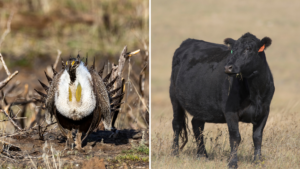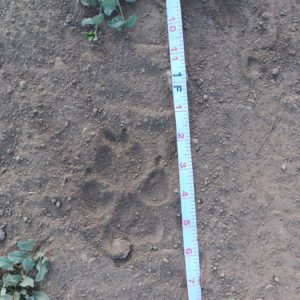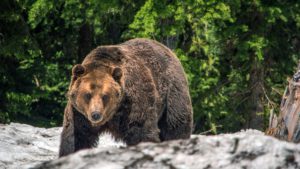For immediate release March 14, 2024
Media contacts:
Greta Anderson, Western Watersheds Project, (520) 623-1878; greta@westernwatersheds.org
Randi Spivak, Center for Biological Diversity, (310) 779-4894, rspivak@biologicaldiversity.
Steve Holmer, American Bird Conservancy, (202) 751-1412, sholmer@abcbirds.org
Sarah Stellberg, Advocates for the West, (208) 342-7024 x209, sstellberg@advocateswest.org
WASHINGTON, D.C. – The Biden administration released a draft amendment today for 77 land use plans across the Western United States intended to protect the imperiled greater sage grouse, an umbrella species whose survival is intricately linked to the health of the vast sagebrush sea ecosystem. Conservation groups say the Bureau of Land Management’s preferred alternative falls woefully short of what is needed to stem the bird’s downward population spiral. The plans affect 69 million acres managed by the Bureau across 10 states.
“Stronger plans are needed to provide the grouse with a better chance of survival,” said Steve Holmer of American Bird Conservancy. “Areas of Critical Environmental Concern would offer hope that some habitat will be protected, but the preferred alternative doesn’t designate them, and will do little to improve recovery of the sage grouse, or to make a meaningful contribution to fighting climate change.”
The Bureau’s preferred alternative fails to designate Areas of Critical Environmental Concern (ACECs), despite the recognition that this management category would afford stronger conservation overlays for the species. Other alternatives proposed about 11 million acres of ACEC, but this is a fraction of the area that conservation groups proposed in 2022.
“The habitat and the populations have been shrinking, the threats have been mounting, and the states and extractive industries have been whittling away at what were already inadequate protections since 2015,” said Greta Anderson, deputy director of Western Watersheds Project. “We needed strong leadership from Biden’s Bureau of Land Management to give the sage grouse what the science says they need, across the broadest landscape possible. The preferred alternative here is not that.”
“The BLM’s preferred plan will fail these iconic birds once again and keep them on an extinction trajectory,” said Randi Spivak, public lands policy director at the Center for Biological Diversity. “This shocking plan enshrines the same failed management approach as the prior plans. The BLM knows what it should do to save these struggling birds yet this does virtually nothing to strengthen protections, ensuring the grouse will continue their downward spiral.”
“Regrettably, the existing plans have not been enough to recover greater sage-grouse,” said Sarah Stellberg, staff attorney at Advocates for the West, who represented conservation groups in legal challenges to the Obama and Trump-era sage-grouse plans. “Sage-grouse simply cannot sustain the current pace and scale of habitat loss. To have any chance of saving this bird, we need stronger protections, not backsliding.”
Background
Greater sage grouse (Centrocercus urophasianus) once occupied hundreds of millions of acres across the West, but their populations have plummeted as livestock grazing, oil and gas and other development, mining, roads, powerlines and non-native species have spread throughout their habitat. The U.S. Geological Survey found that the population declined nearly 80% between 1968 and 2023.
Rather than protect the bird under the Endangered Species Act, in 2015 the Obama administration developed land-use plans that were supposed to provide a regulatory framework for conserving the species’ habitat. The Trump administration weakened those plans to allow for more disturbance and industrial activity, but those amendments were blocked by a federal court, putting the 2015 plans back into effect.
The Biden administration recognized that the ongoing declines of sage grouse required additional protective measures, and in January 2023 began the process to revise the 2015 plans.
Protecting the greater sage grouse and its habitat benefits hundreds of other species that depend on the Sagebrush Sea ecosystem. This includes pygmy rabbits, pronghorn, elk, mule deer, golden eagles, native trout, and migratory and resident birds.

